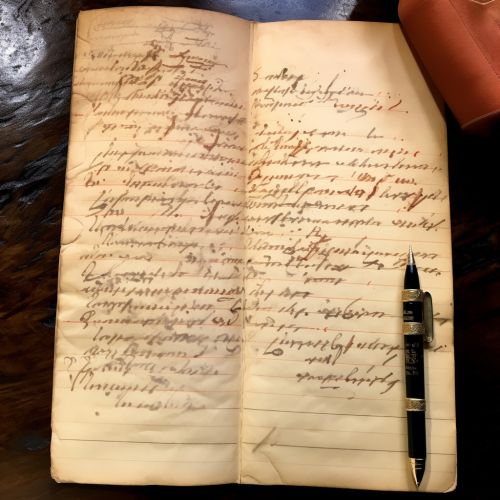Goldbach's conjecture
Introduction
Goldbach's conjecture is one of the oldest unsolved problems in number theory and in all of mathematics. It dates back to 1742 and is named after the German mathematician Christian Goldbach who first stated it in a letter to Leonhard Euler, a Swiss mathematician and physicist. The conjecture is simple to understand, yet has proven to be incredibly difficult to prove or disprove.


Statement of the Conjecture
The conjecture is stated as follows: Every even integer greater than 2 can be expressed as the sum of two prime numbers. A prime number is a natural number greater than 1 that has no positive divisors other than 1 and itself. For example, the number 10 is an even integer and can be expressed as the sum of two primes: 3 + 7 or 5 + 5.
History
The conjecture was first stated in a letter from Goldbach to Euler in June 1742. The letter was written in Latin and the conjecture was expressed in terms of integers rather than even numbers. Euler later re-expressed the conjecture in the form that is commonly known today.
Attempts at a Proof
Despite its simplicity, the conjecture has proven to be extremely difficult to prove. Many mathematicians have tried and failed to find a proof. The conjecture has been tested extensively by computer for even numbers up to 4 x 10^18 and found to be true, but this does not constitute a proof.
Importance in Number Theory
Goldbach's conjecture is important in number theory because it deals with prime numbers, which are the building blocks of the number system. If the conjecture is true, it would imply that primes are distributed in a certain way among the integers.
Current Status
As of now, the conjecture remains unproven, but it has not been disproven either. It is one of the most famous unsolved problems in mathematics.
